What is a Classic Bob Haircut
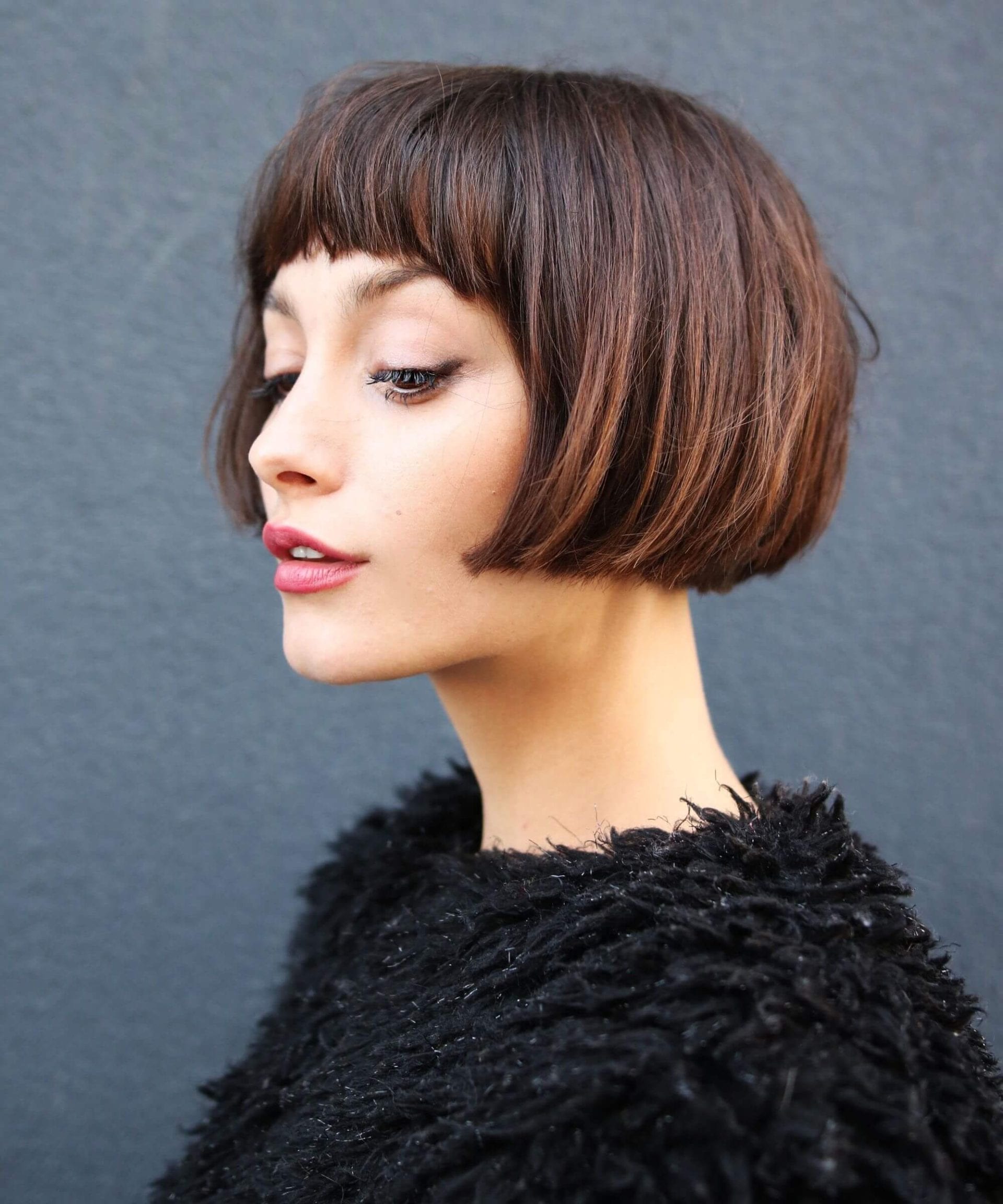
The realm of hairstyling is populated by transient trends, yet certain cuts transcend fleeting fads, cementing their status as enduring icons. Among these, the classic bob haircut stands as a testament to timeless elegance and versatility. Far from a mere hairstyle, it represents a definitive statement, a confluence of sharp lines, perfect balance, and an inherent chicness that has captivated generations. Understanding the essence of this particular cut requires delving into its precise characteristics, historical journey, and the myriad reasons for its perennial appeal.
At its core, the classic bob is distinguished by its precise, uniform length, typically falling anywhere from the jawline to just above the shoulders. The hallmark of this style is its blunt, clean line, which creates a strong, defined silhouette around the face. Unlike layered or graduated cuts, the traditional iteration of this style emphasizes an even perimeter, often without significant internal layering. Should subtle layering be incorporated, its purpose is primarily to refine the shape and enhance movement without compromising the overall blunt impression. This uniform length ensures a consistent weight and volume throughout the hair, contributing to its distinct, polished finish.
Historically, the bob emerged as a revolutionary statement in the early 20th century, particularly gaining prominence in the 1910s and 1920s. Before this period, long hair was the prevailing standard for women, symbolizing femininity and societal expectations. The adoption of a shorter, more practical style was not merely a fashion choice; it was a powerful declaration of independence and a rejection of conventional norms. Women embracing this cut were often seen as forward-thinking, embodying the spirit of emancipation and the burgeoning women’s suffrage movement. Figures like actress Louise Brooks, with her iconic blunt bob and fringe, cemented its image as a symbol of modern womanhood, sophisticated rebellion, and artistic expression.
The influence of this haircut continued to evolve through the decades. In the 1960s, master stylists like Vidal Sassoon reimagined the cut, introducing geometric precision and sharp angles that further modernized its appeal. Sassoon’s innovative approach transformed the style into a work of architectural art, emphasizing sleekness, symmetry, and a strong, almost sculptural form. This era reinforced the cut’s association with avant-garde fashion and a bold, confident aesthetic. Subsequent decades saw various interpretations, from softer, White Hair Hairstyles For Men Embracing The Silver Aesthetic With Confidence more textured versions to the return of super-sleek, minimalist designs in the 1990s. Despite these variations, the underlying principles of a defined length and clean lines persisted, ensuring its continued relevance.
The enduring appeal of this classic haircut stems from several key benefits and its remarkable adaptability. One of its primary advantages is its inherent versatility. It possesses the rare ability to complement a wide array of face shapes, including oval, heart, square, and even round, with minor adjustments to length or the inclusion of a fringe. For instance, a slightly longer version or one paired with a side-swept fringe can soften angular features, while a shorter, more rounded silhouette can add definition to a rounder face. This adaptability makes it a universally flattering option when tailored correctly by a skilled stylist.
Furthermore, the classic bob is often lauded for its relative ease of maintenance compared to very long hair. While it requires regular trims to preserve its signature blunt line and shape—typically every four to six weeks—daily styling can be straightforward. The clean cut often means less tangling and quicker drying times. Products designed to enhance sleekness, add shine, or provide light hold are usually sufficient to achieve a polished look. Its structured nature means it often falls into place naturally, reducing the need for extensive styling efforts. This balance of professional upkeep and daily convenience makes it an attractive option for individuals seeking a sophisticated yet manageable hairstyle.
Beyond practicality, this haircut projects an undeniable sense of professionalism and sophistication. Its sharp lines and clean silhouette convey an image of precision, order, and confidence. This makes it a popular choice in corporate environments and for individuals who wish to present a polished, authoritative demeanor. The cut frames the face beautifully, drawing attention to facial features and enhancing the wearer’s overall presence. It is a style that speaks of self-assuredness without being overly flamboyant, making it suitable for a diverse range of ages and personal styles.
Another significant benefit is its ability to promote hair health. Regular trims, essential for maintaining the integrity of the cut, systematically remove split ends and damaged hair, encouraging healthier growth. This consistent removal of compromised strands ensures that the hair remains strong, vibrant, and lustrous. For individuals looking to transition from longer, damaged hair to a healthier state, this cut offers an excellent solution, providing a stylish interim while new, healthy hair grows.
When considering this particular haircut, several factors come into play. Hair texture and density are crucial. While the bluntness of the cut is most dramatically showcased on straight to slightly wavy hair, its structure can be adapted for curlier textures, often resulting in a softer, more voluminous outline. Density also plays a role; thicker hair may require some subtle internal thinning to prevent the cut from appearing overly bulky, while finer hair can benefit from the blunt cut’s ability to create an illusion of greater volume and fullness.
Styling possibilities for this haircut, despite its precise nature, are quite diverse. It can be worn sleek and straight, emphasizing its sharp lines, or styled with soft waves for a more romantic or textured look. Accessorizing with headbands, clips, or scarves can further personalize the style, adapting it for various occasions from casual outings to formal events. The clean canvas provided by the cut allows accessories to stand out, adding a touch of flair without overwhelming the hairstyle itself.
In conclusion, the classic bob haircut is far more than a simple short hairstyle. It is a meticulously designed cut characterized by its precise length, blunt lines, and inherent elegance. Its journey from a symbol of early 20th-century rebellion to a perennial fashion staple underscores its versatility, ease of maintenance, and sophisticated appeal. The enduring popularity of this style across different eras and demographics is a testament to its power to convey confidence, professionalism, and timeless chic, making it a foundational and influential element in the world of hairstyling.
FAQs by what is a classic bob haircut
What is the ideal length for a classic bob?
The ideal length for this haircut typically ranges from the jawline to just above the shoulders. The most iconic iterations often fall precisely at the jaw or chin, emphasizing the sharp, clean lines.
Does a classic bob suit all face shapes?
This haircut is remarkably versatile and can be adapted to suit most face shapes. Adjustments in length, the presence of a fringe, or subtle shaping can customize the cut to flatter oval, heart, square, and round facial structures effectively. Professional consultation is recommended for personalized adaptation.
Is layering present in a classic bob?
Traditionally, a classic bob is characterized by a blunt, uniform cut with minimal to no layering. Any layering present would be extremely subtle and designed solely to enhance the shape or allow for slight movement without compromising the overall solid perimeter of the cut. The emphasis remains on the strong, defined baseline.
How often does a classic bob require trimming?
To maintain the precise lines and distinct shape of this haircut, regular trims are essential. A maintenance schedule of every four to six weeks is generally recommended to preserve its integrity and prevent the ends from becoming shapeless or damaged.
Can curly Type Of Hairstyles For Ladies A Comprehensive Guide hair be styled into a classic bob? While the bluntness of this haircut is most visually striking on straight or wavy hair, it can certainly be adapted for curly textures. When applied to curly hair, the silhouette may appear softer and more voluminous due to the natural curl pattern, but the underlying principles of a defined length and shape can still be achieved, offering a chic and structured look.
What is the difference between a classic bob and a lob?
The primary distinction lies in length. A classic bob typically finishes at or above the jawline, sometimes extending to the chin. A lob, which stands for “long bob,” is a longer variation that extends below the chin, often resting on the shoulders or just above them, maintaining the same blunt or subtly layered principles but with increased length.
Tips by what is a classic bob haircut
- Prioritize regular trims to maintain the sharp silhouette. The integrity of this haircut relies heavily on its precise lines. Consistent maintenance ensures the bluntness and shape remain intact, preventing the style from appearing overgrown or losing its definitive structure.
- Utilize quality styling products for sleekness or desired texture. Employing smoothing serums, heat protectants, and light hold sprays can enhance the polished finish of this haircut. For textured looks, sea salt sprays or mousse can add volume and definition without compromising the cut’s fundamental shape.
- Consult with a professional stylist for personalized adaptation. A skilled stylist can assess individual hair texture, density, and face shape to customize this haircut, ensuring it optimally flatters the wearer. This professional insight is crucial for achieving the most effective and becoming version of the style.
- Consider hair texture and density when determining optimal length. Fine hair can benefit from a shorter, blunter cut to create an illusion of fullness, while very thick hair might require subtle internal texturizing to prevent excessive bulkiness and ensure the cut lies smoothly.
- Embrace the natural volume provided by the blunt cut. The absence of excessive layering in this haircut often creates a natural fullness at the ends. Utilizing this inherent volume, rather than over-styling, can contribute to a healthier, more effortless appearance.
Conclusion by what is a classic bob haircut
The enduring presence of this haircut in the lexicon of global hairstyling underscores its profound significance. It is a style defined by its clean, purposeful lines, striking a balance between simplicity and sophistication that few other cuts achieve. From its origins as a symbol of liberation to its continuous reinvention through the decades, its core attributes of versatility, elegance, and manageability have ensured its timeless appeal. The structured beauty of this cut continues to offer a powerful means of expression, framing the face with an air of confidence and refined style. Its sustained relevance in contemporary fashion is a testament to its status not merely as a haircut, but as an influential and unwavering icon of personal style and empowered self-presentation.
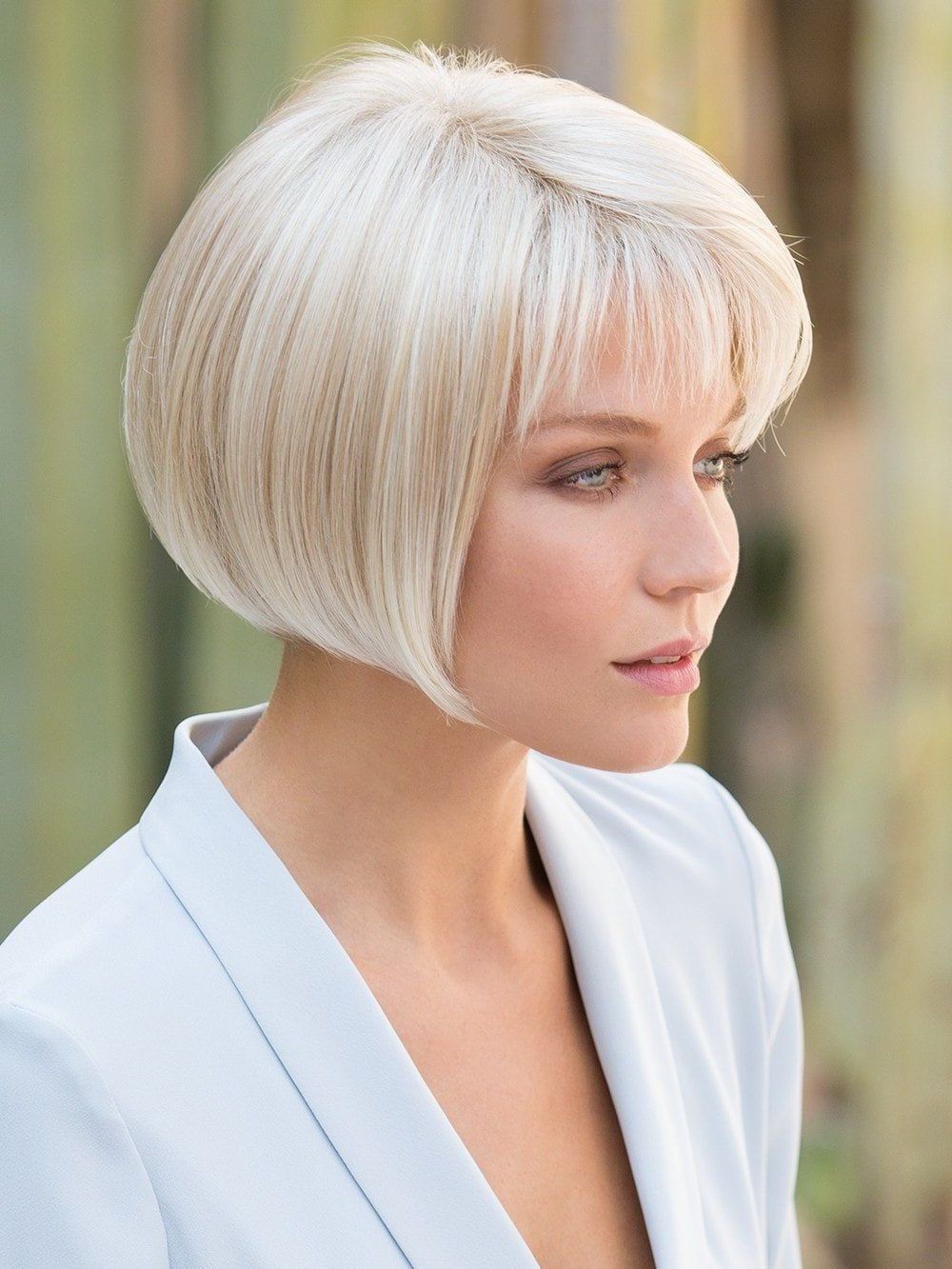
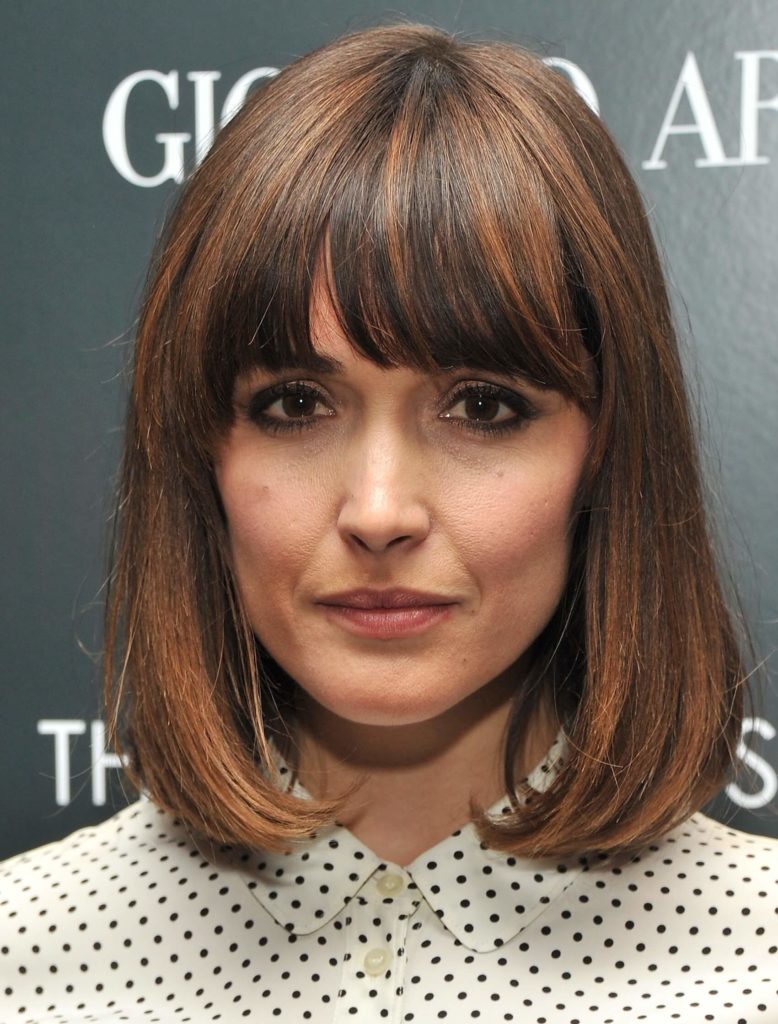
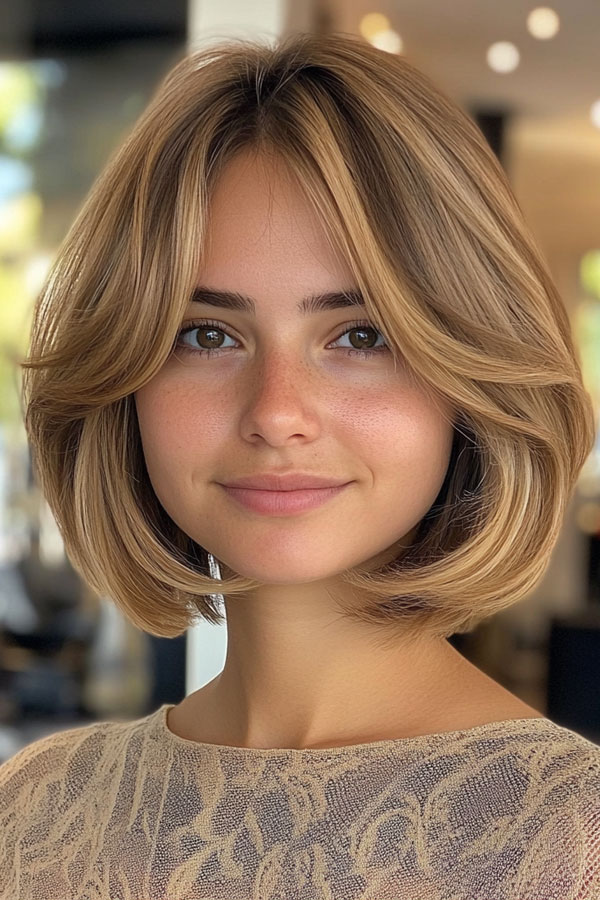
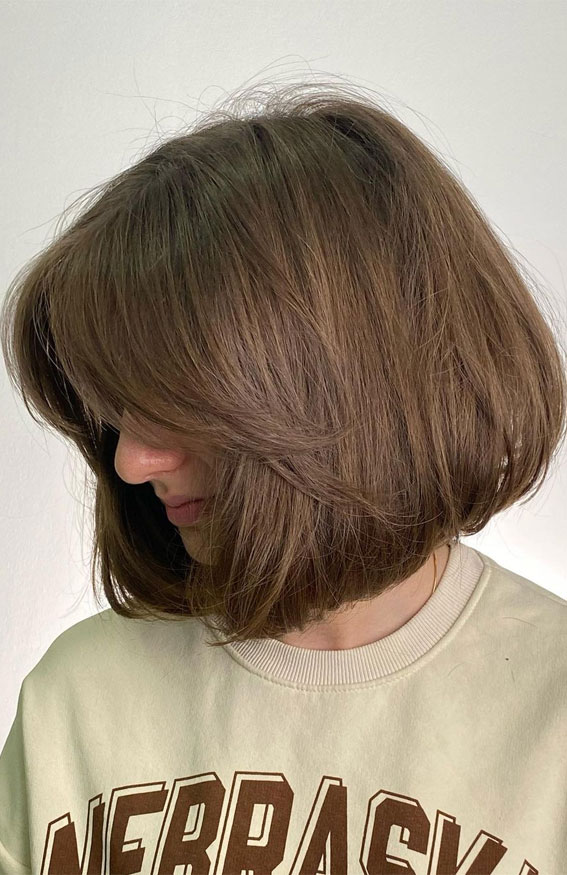
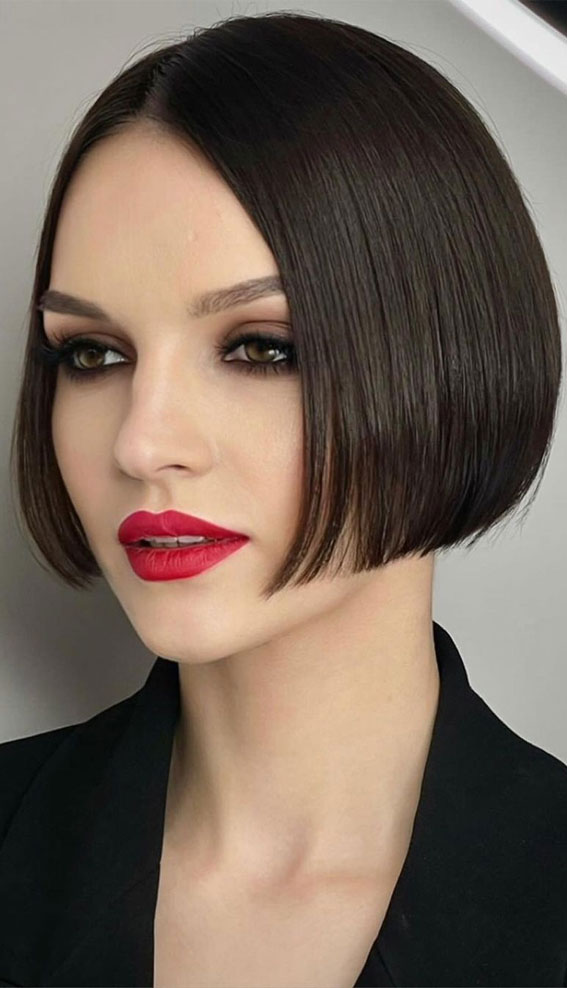
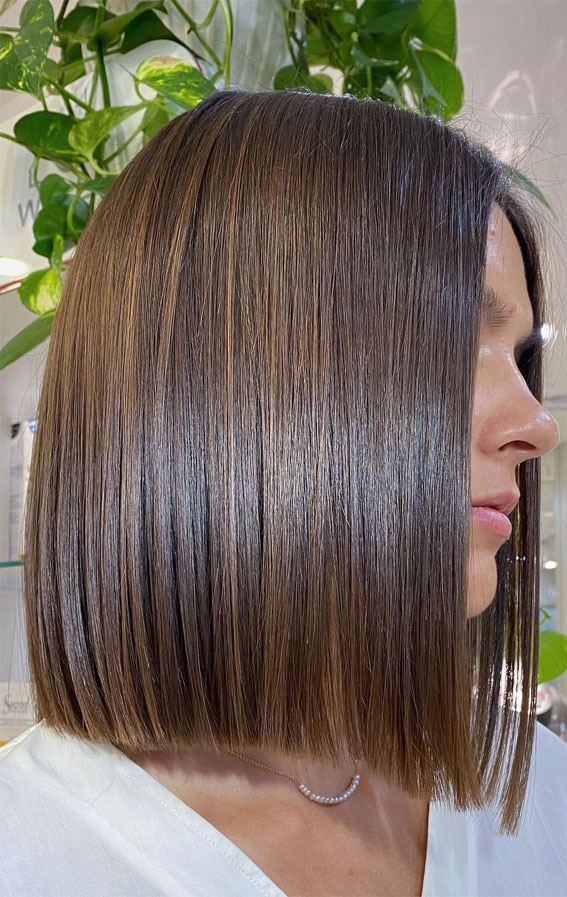

More suggestion: Short Haircuts For Big Ears A Comprehensive Guide To Flattering Styles And Confidence Boosting Transformations